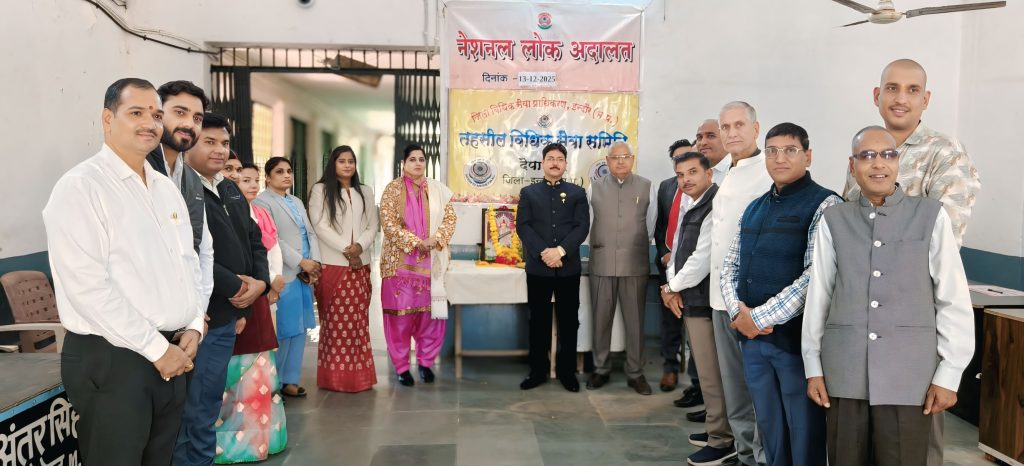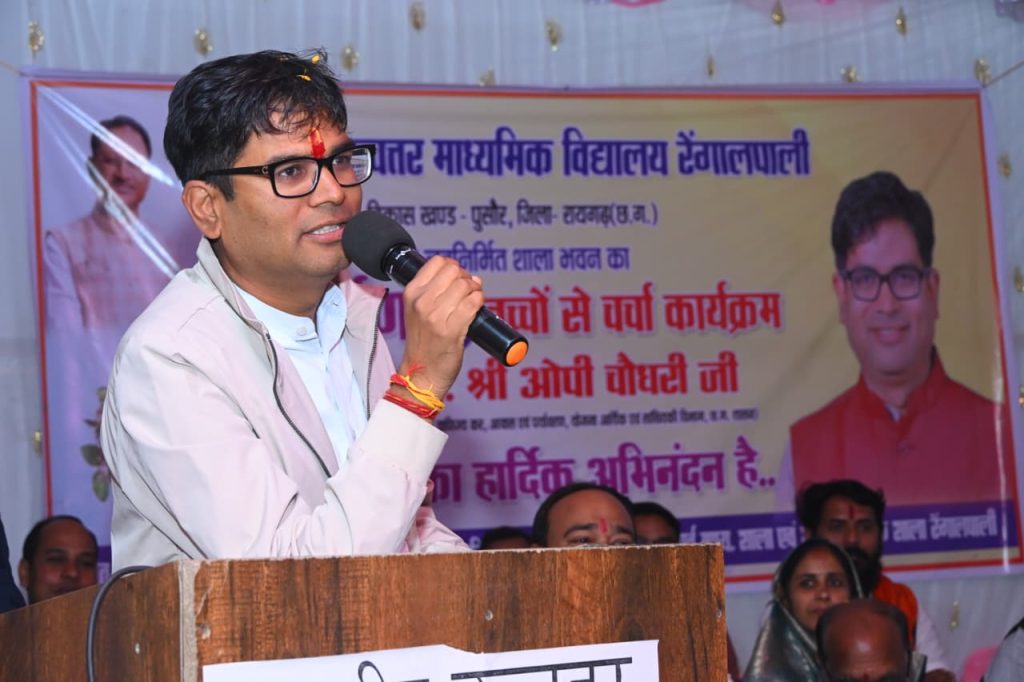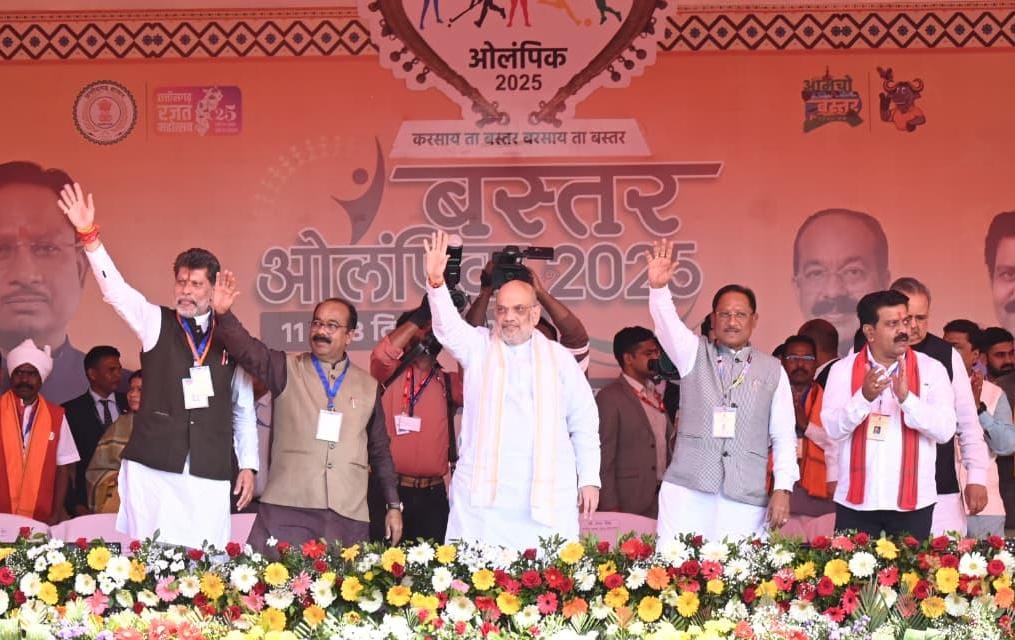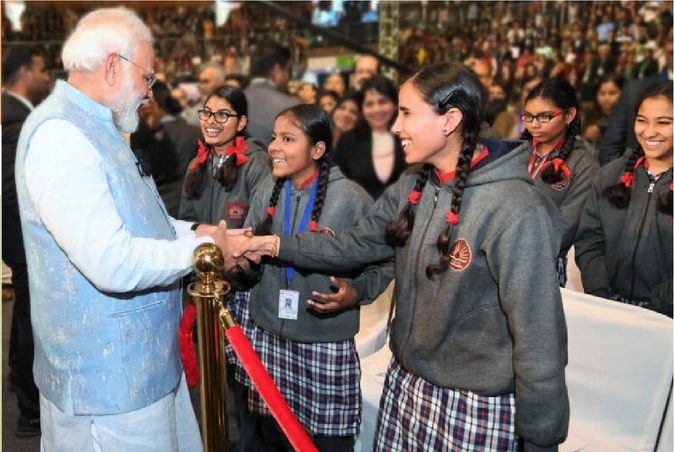Rakshabandhan – The Bond of Love:*Sri Sri Ravi Shankar*


Rakshabandhan is celebrated on the full moon day of the month of
Shravan (August). It is a day when brothers and sisters affirm their
bond. Sisters tie the sacred thread on their brothers’ wrists. This
thread, which pulsates with sisterly love and sublime sentiments, is
rightly called the ‘Rakhi’. The brothers’ in turn give their sisters’
gifts and promise to protect them. Rakshabandhan is celebrated in
different forms and is also referred to as rakhri, baleva and saluno
in different parts of India.
The tradition of tying Rakhi can be traced to various stories in
Indian Mythology. According to one legend the Demon King Bali was a
great devotee of Lord Vishnu. Lord Vishnu had taken up the task to
guard King Bali’s kingdom leaving his own abode in Vaikunta. Goddess
Laxmi wished to be with her lord back in her abode.
She went to Bali disguised as a Brahmin woman to seek refuge till her
husband came back. During theShravan Purnima celebrations, the Goddess
Laxmi tied the sacred thread to the King. Upon being asked why, she
revealed who she was and why she was there. The king was touched by
her goodwill and her purpose and requested Lord Vishnu to accompany
her. He sacrificed all he had for the Lord and his devoted wife.
Thus the festival is also called Baleva that is Raja Bali’s devotion
to the Lord. It is said that since then it has been a tradition to
invite sisters in Shravan Purnima for the thread tying ceremony or
Raksha Bandhan.
There are three types of bandhan or ties: satvic, rajasicand tamasic.
Satvic bandhan ties you with knowledge, happiness and joy. Rajasic
bandhan ties you with all kinds of desires and cravings. In tamasic
bandhan, there is no joy but still you feel some kind of connection.
Rakshabandhan is said to be a satvic bandhan whereby you tie yourself
in with everybody, with knowledge and love.
On Rakshabandhan day, the festivities start at daybreak. After
invoking the blessings of the Gods, the sister performs the brother’s
aarti, puts tika and chawal on his forehead and ties rakhi on his
wrist while chanting mantras. Then she gives him sweets and gifts. The
brother accepts her offerings and vows to take care of her and be by
her side in the time of need and gives her a token gift. The
Rakshabandhanceremony ends here and the celebrations begin. The family
reunion itself is the reason for celebration. Rakshabandhan if taken
in the true sense encompasses love, peace and protection.
Although, now it is considered as a festival for brothers and sisters
it was not always so. There have been examples in history wherein
rakhi signified raksha or protection. It could be tied by a wife,
daughter or mother. The Rishis tied rakhi to the people who came
seeking their blessings. The sages tied the sacred thread to
themselves to safeguard them from evil. It is the ‘Papa Todak, Punya
Pradayak Parva’ or the day that bestows boons and ends all sins as it
is mentioned in the scriptures.







